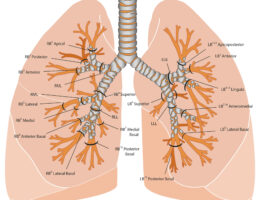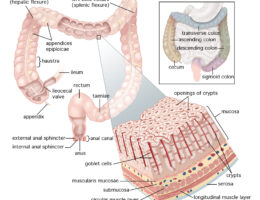Skip to content
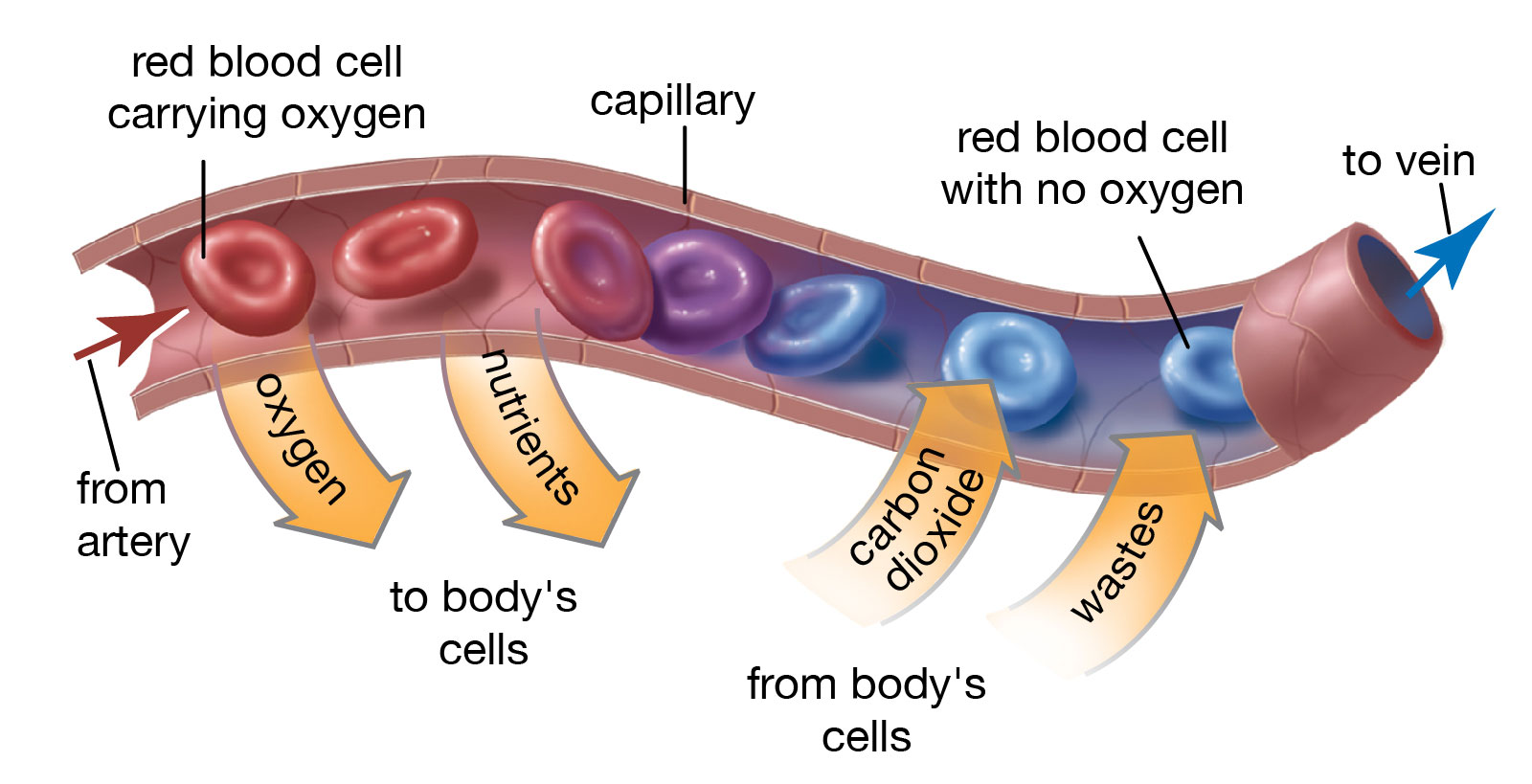
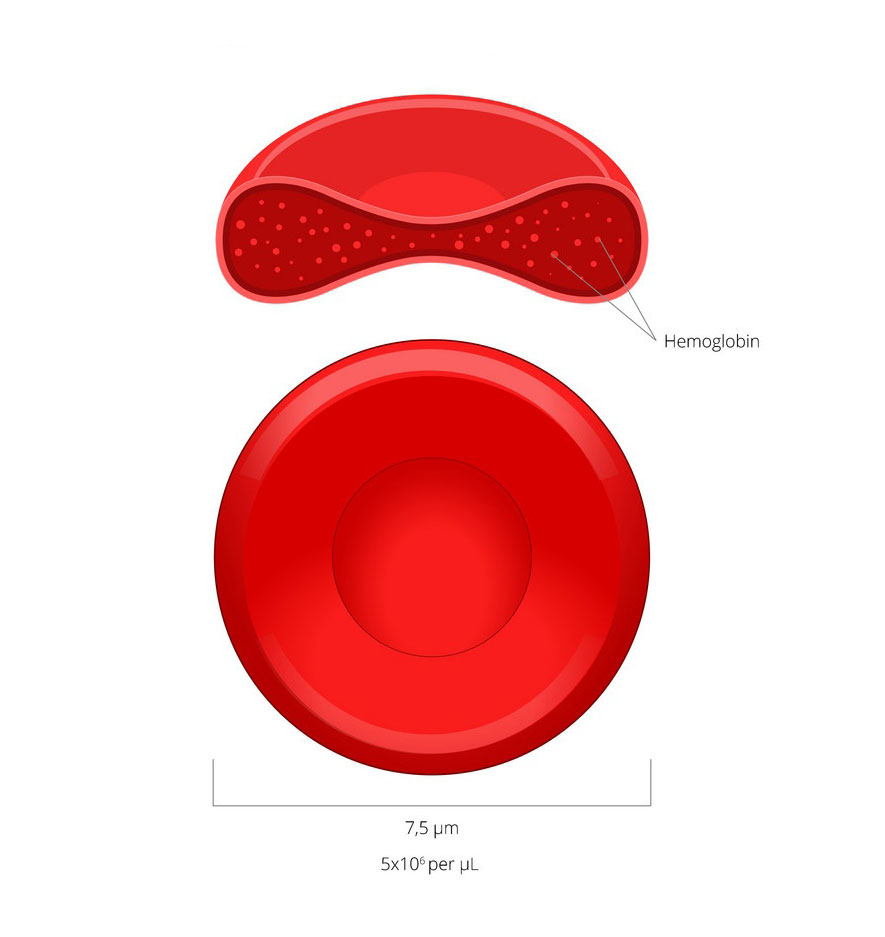
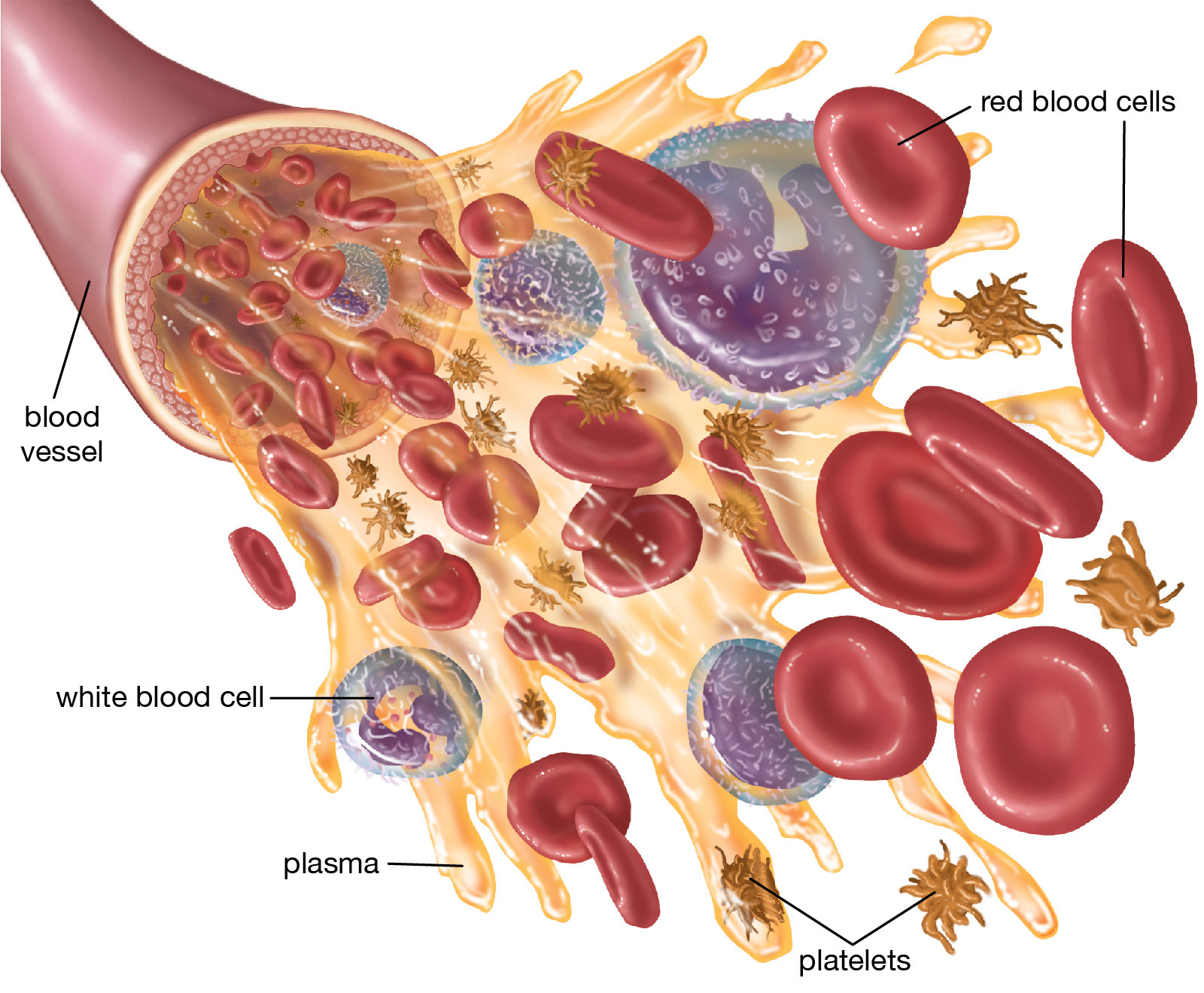
- Cell Membrane: The outermost layer of the red blood cell is a lipid bilayer membrane that encloses the cytoplasm and organelles.
- Hemoglobin: The primary function of red blood cells is to transport oxygen from the lungs to the rest of the body, and this is made possible by hemoglobin, a protein complex that can bind to oxygen molecules.
- Cytoplasm: The interior of the red blood cell is filled with a gel-like substance called cytoplasm, which contains enzymes and other molecules necessary for cellular metabolism.
- Spectrin: Red blood cells are highly flexible and can change shape to pass through narrow capillaries, thanks to the presence of a protein called spectrin, which provides structural support to the cell membrane.
- Biconcave Shape: Red blood cells are unique in that they have a biconcave shape, which increases their surface area and facilitates the diffusion of gases in and out of the cell.
- Lack of Nucleus: Unlike most other cells in the body, red blood cells do not contain a nucleus or other organelles, allowing for more efficient packing of hemoglobin and increased oxygen-carrying capacity.
You may also like these posts



